On Sunday night, a single Hezbollah drone managed to inflict more damage on Israel than 200 Iranian ballistic missiles so far. A “swarm” of drones launched by the Iran-backed terror organization based in Lebanon exploded south of the northern city of Haifa, with one hitting the Binyamina military base, home to a training camp for the Israeli Defense Force’s Golani Brigade.
Early reports indicate the drone was spotted by the Israeli air force, but attempts to shoot it down failed. Sirens to warn those targeted also did not go off. As a result, it exploded, causing a reported sixty-seven casualties according to Israeli media, four of whom have been killed and at least twelve badly wounded.
Israel is resisting calls for ceasefire
This was the single deadliest attack on Israel since October 7. While Israel’s Iron Dome and Arrow systems are able to provide comprehensive anti-missile and rocket defenses, drones pose a far greater challenge for the IDF. They can fly low and change direction unexpectedly, making them more difficult to spot and intercept than rockets or missiles. Although the Iron Dome has been recently adapted to handle drones, the system is still far from perfect. Drones are effective, cheap and easy to operate. As a result, they are likely to become the weapon of choice against Israel by its enemies, and can be used in large numbers that will overwhelm Israeli defenses and cause mass casualties.
Most of the drones used by Hezbollah (and also those used by Russia in Ukraine) are Iranian-made — and deadly. Some are able to carry explosives, bombs or small missiles, and are used as “suicide” drones to attack, while other drones are used for espionage. Although the IDF estimates that Israel has already eliminated about two-thirds of Hezbollah’s weapons arsenal, it is still able to cause deadly attacks. Only a few days before Sunday’s attack, several drones made it all the way into central Israel and one exploded on a retirement home in the city of Herzeliya, near Tel Aviv.
The IDF has expanded the ground operation against Hezbollah in the last two days. Forces have already found large stockpiles of weapons, including missiles, rifles, rockets, grenades and other equipment to be used by terrorists in a planned large scale attack on Israel. Tunnels dug by Hezbollah have been discovered across southern Lebanon, under villages and some in close proximity to the border with Israel. It’s estimated that hundreds of terrorists have been eliminated so far.
America — wisely — seems to hope that Israel’s offensive will also weaken Hezbollah’s political power and its grip over Lebanon. The terror organization has a political party and is part of the Lebanese government. However, Hezbollah’s allegiance is first and foremost to Iran, and it represents Iranian interests, thereby undermining Lebanese independence from foreign interference. The American hope is ambitious, but this could be possible with cooperation from (reluctant) regional actors, such as Qatar and Egypt, and if Hezbollah keeps getting weaker.
Criticism of Israel’s operation has grown due to the rising number of Lebanese refugees, who were told by Israel to leave their homes in the south and move north for their own safety. Israel recently suffered wide condemnation after the UN Interim Force in Lebanon (UNIFIL) said that the IDF has targeted its troops, and injured two soldiers. Israel said that the attack was unintentional and that it targeted Hezbollah forces in close proximity to UNIFIL forces. Before the incident, the IDF asked UNIFIL to evacuate from the area for their own safety, which they refused to do.
Although it’s imperative that the IDF doesn’t harm UNIFIL personnel, the condemnation of Israel by some forty countries ignores UNIFIL’s long-term failure to enforce UN Security Council Resolution 1701 that stipulates that Hezbollah should have been disarmed. Hezbollah has built an expansive array of tunnels right under UNIFIL’s noses, some in very close proximity to UN bases. It has stockpiled vasts amounts of weapons, and attacked Israeli civilians from south Lebanon where UNIFIL forces are present with thousands of drones, rickets and missiles.
Israel is resisting calls for ceasefire. The IDF aims to use the momentum created following this attack in order to weaken Hezbollah further and make it more difficult for it to re-establish a presence in southern Lebanon. For now, it doesn’t look like Israel has plans to stop, and deadly attacks will only strengthen its resolve to keep on fighting until the country is safer.
This article was originally published on The Spectator’s UK website.



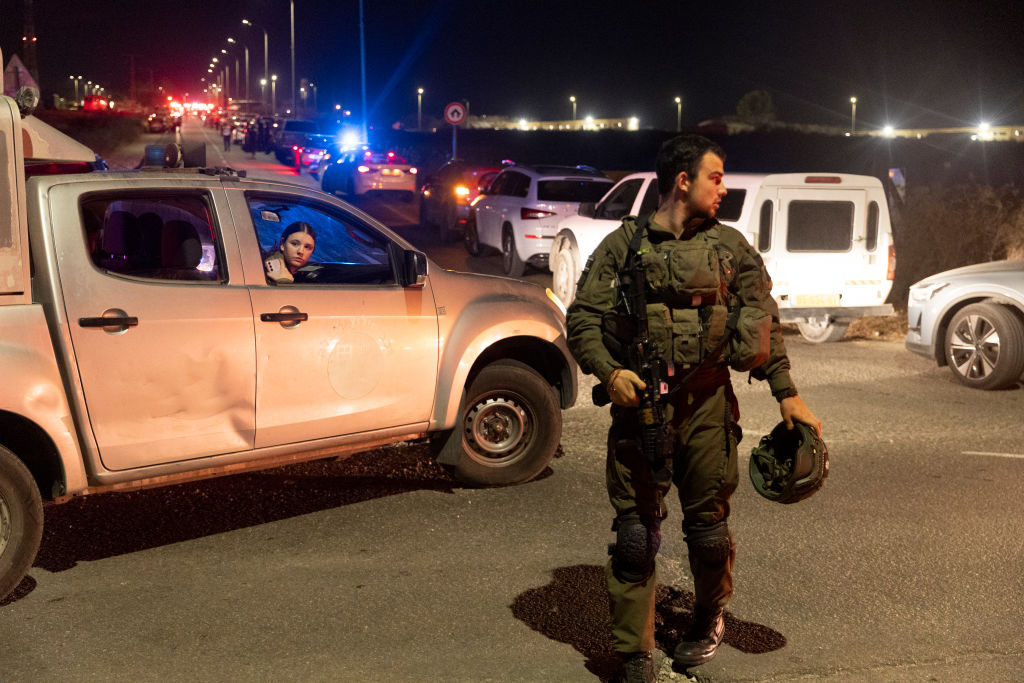








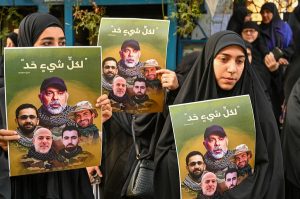

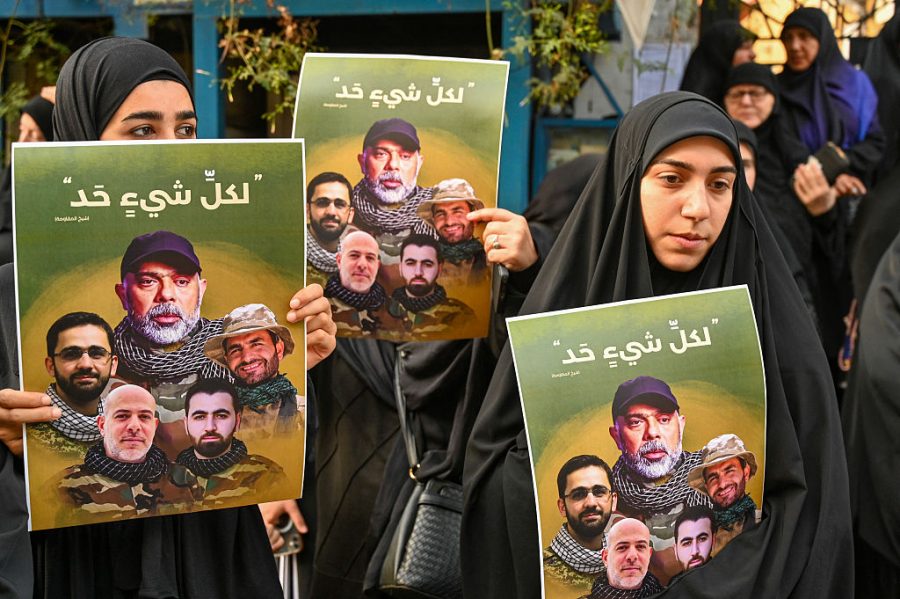
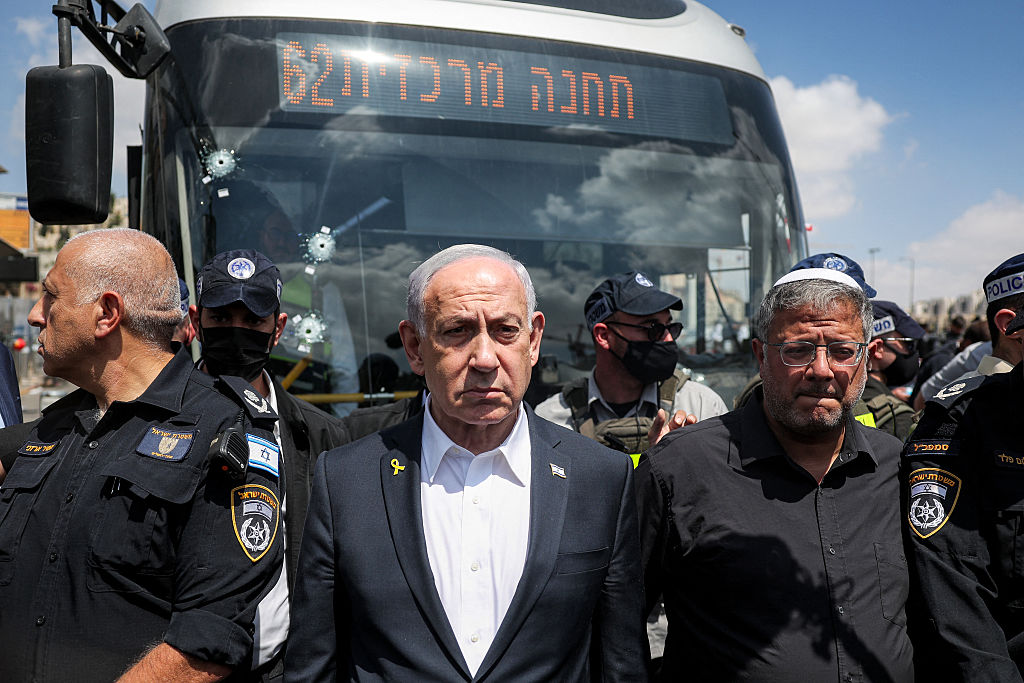
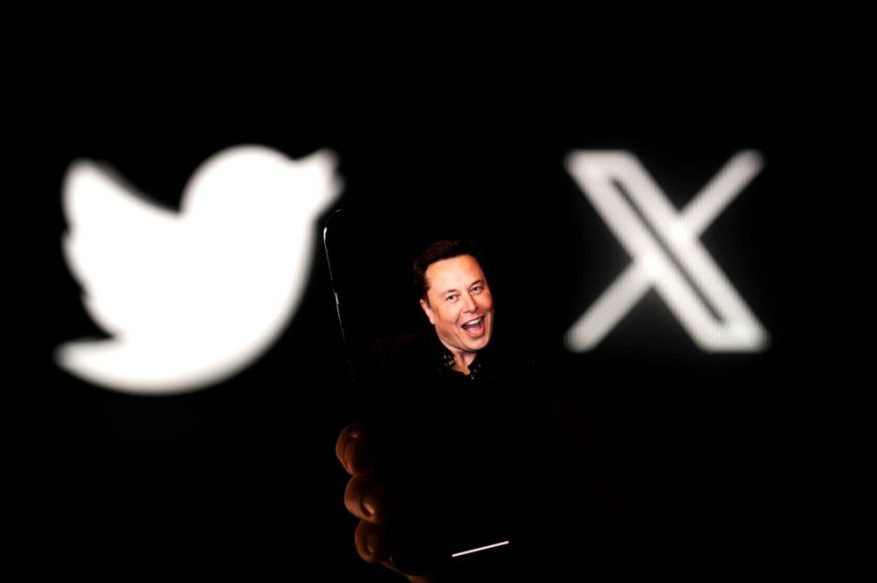
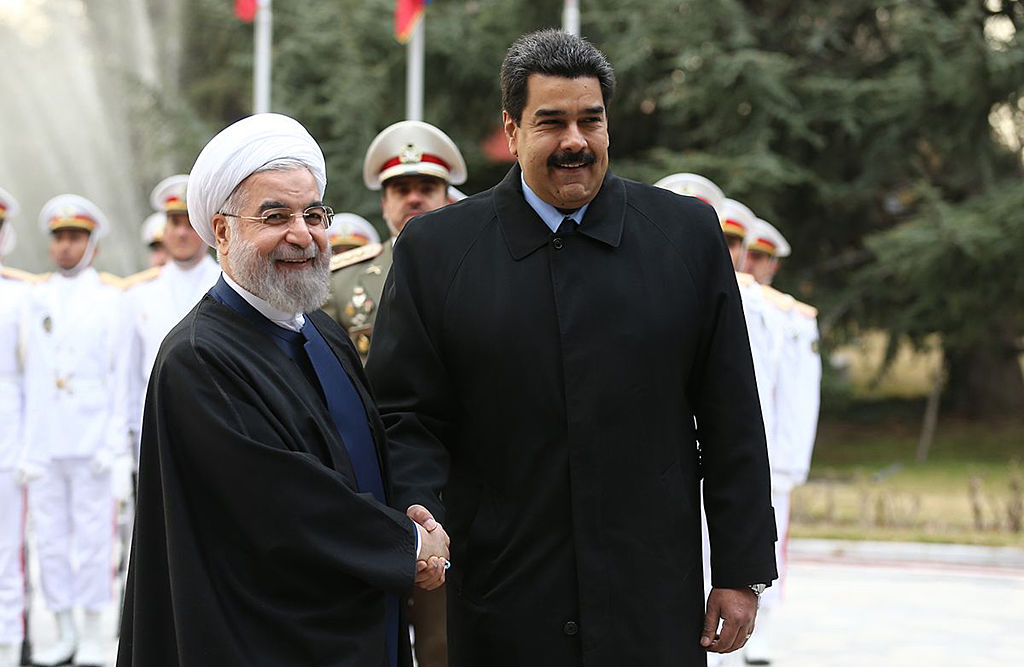
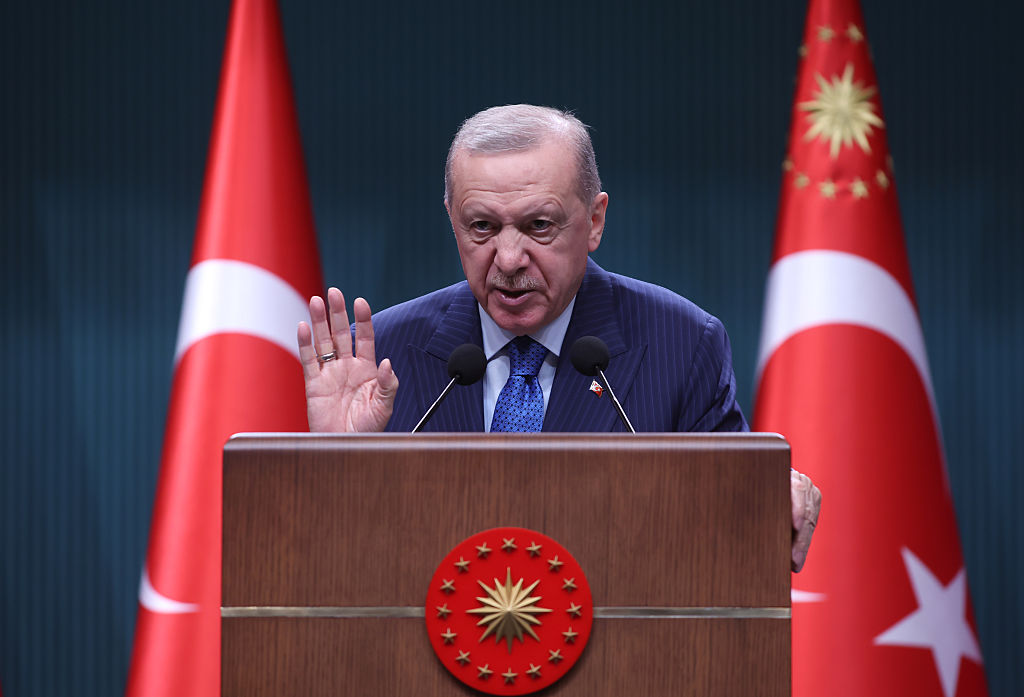







Leave a Reply